Imagine transforming ordinary household items into extraordinary solutions—simply by thinking creatively and embracing the practice of reuse. Reusing household materials isn’t just a trend; it’s a sustainable way of life that can save money, reduce waste, and even spark creativity. From repurposing old furniture to finding new uses for everyday items, there are countless ways to make the most out of what you already have. Whether you’re looking to declutter your space or reduce your environmental footprint, the art of reuse offers endless possibilities. In this guide, we’ll explore how you can reimagine household items, discover the benefits of repurposing waste, and uncover innovative ideas for making the most of what you already own. Get ready to see your home in a whole new light!
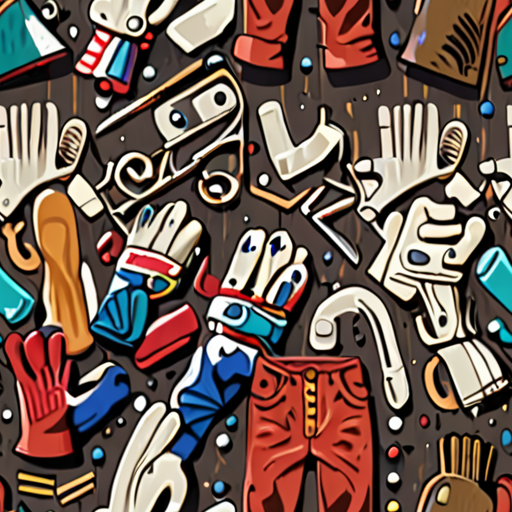
How Can You Reuse Materials in Your Home?
- Transform scrap paper into DIY stationery or craft project materials.
- Use leftover food scraps as compost for your garden.
- Upcycle worn-out clothing by turning them into patches, pillowcases, or cloth bags.
- Recycle plastic bottles by cleaning and repurposing them for storage or planters.
- Convert cardboard boxes into DIY organizers or kid-friendly art projects.
- Don’t toss away glass bottles; instead, use them as decorative containers or jardinieres.
- Turn old coffee grounds into a nutrient-rich fertilizer for plants.
- Repurpose household items like tin cans into seed starters or wall art.
- Collect eggshells to use as garden fertilizers or decorate holiday ornaments.
- Save banana peels to make natural plant food or add them to compost piles.
- Use fabric scraps to create cleaning cloths or pet toys.
- Give life to old newspapers by turning them into packing material or insulation.
- Don’t throw away wood scraps; use them for kindling or small DIY projects.
- Repurpose aluminum foil by rolling it into shapes for artistic designs.
- Turn empty tissue boxes into organizers or bird feeders.
- Save wine corks for use as drink coasters or decorative elements.
- Utilize glass jars as storage solutions or for preserving herbs.
- Don’t discard vegetable peelings; many can be used in soups or compost.
- Old magazines can be shredded for stuffing or made into decorative collages.
- Plastic containers can be cleaned and reused for food storage or garden tools.
- Cardboard boxes can be cut down and used for plant pots or birdhouses.
- Save bottle caps to use as decoration or for making custom keychains.
- Used tissues can be repurposed into facial masks or lint-free wipes.
- Don’t toss away metal cans; clean them and use them for art projects.
- Old greeting cards can be turned into gift tags or scrapbook inserts.
- Plastic bottles can be melted down into new products or upcycled into jewelry.
- Save hair trimmings for making brushes or contribute to animal shelters.
- Used glass jars can store spices, candles, or other household items.
- Don’t ignore household waste; many items can be donated or recycled.
- Consider upcycling furniture by refinishing or adding new functionality.
- Use kitchen scraps creatively, such as making broth or garden mulch.
- Explore local recycling centers for drop-off points and materials accepted.
- Get creative with natural materials to reduce waste and save money.
- Join online communities or local groups focused on DIY and sustainability.
- Shop secondhand stores to reduce waste and find unique home items.
- Invest in reusable products to minimize single-use waste.
- Participate in zero-waste challenges to motivate yourself and others.
- Use social media platforms to share your upcycling projects and ideas.
- Explore DIY tutorials on platforms like PravyloProject.com for inspiration.
- Engage with eco-friendly groups to learn more about sustainable living.
- Start small by reusing just a few items to build a habit of sustainability.
- Share your reusable creations with friends and family to encourage others.
- Stay informed about local regulations on waste and recycling.
- Consider volunteering at organizations that promote environmental causes.
- Use public transportation or bike-sharing services to reduce waste.
- Choose biodegradable alternatives for single-use items where possible.
- Support businesses that prioritize sustainable packaging and practices.
- Get involved in community clean-up efforts to protect the environment.
- Teach children about reuse and recycling from a young age.
- Be patient and persistent when developing new habits of sustainability.
- Celebrate milestones and successes along your journey to reuse and recycle.
- Stay motivated by seeing the positive impact your efforts have on the planet.
- Use social media to track your progress and share your achievements.
- Find like-minded individuals to collaborate on larger projects and events.
- Stay updated on the latest trends and techniques in sustainable living.
- Experiment with new methods and tools to discover what works best for you.
- Set realistic goals and track your progress to stay on course.
- Enjoy the process and find joy in creating something useful from everyday items.
Three Household Items That Can Be Reused
Household items often have multiple uses, reducing waste and saving money. Here are three common items that can be creatively reused:
- Glass Bottles : These can be repurposed as storage containers for pantry items, or used to grow plants by cutting them diagonally and inserting a drainage hole at the bottom.
- Aluminum Foil : After using it for cooking, aluminum foil can be reused to wrap gifts or package snacks. It can also be formed into shapes for crafting projects.
- Plastic Containers : Small plastic containers can be used to store leftovers, organize small items, or even hold small plants in a windowsill garden.
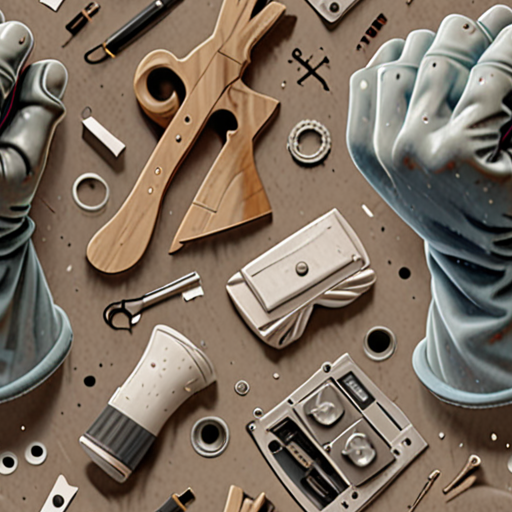
Examples of Materials That Can Be Reused
Many common materials can be reused in various creative ways:
- Cardboard – Can be repurposed into boxes, packaging, or even art projects.
- Plastic Bottles – Used for storage, watering plants, or turned into recycling centers.
- Glass Jars – Ideal for storing leftovers, herbs, or as terrariums.
- Fabric – Repurposed into cloth bags, cleaning rags, or upcycled clothing.
- Metal – Can be recycled into new products or used for garden tools.
- Wood – Repurposed into furniture, birdhouses, or wooden toys.
- Paper – Recycled into napkins, tissues, or even paper mache projects.
- Food Scraps – Used for composting or making homemade broth.
- Electronics – Many parts can be recycled or donated for repair.
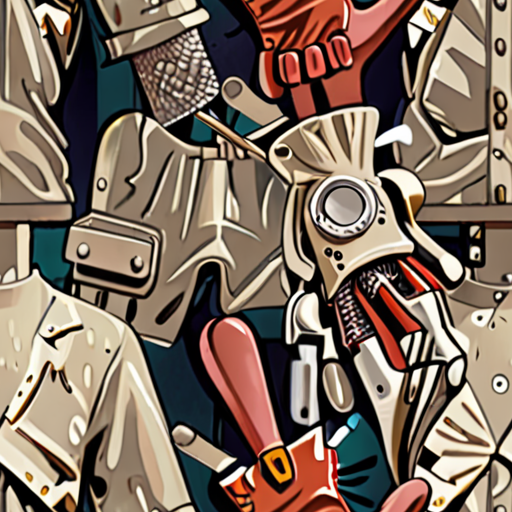
Examples of Reusing Waste Materials
Reusing waste materials is a sustainable practice that helps reduce environmental impact and promotes resource efficiency. Here are several examples:
Household Waste
- DONATING USED HOUSEHOLD ITEMS: Clothing, books, magazines, and kitchenware can be donated to local charities or community centers.
- REUSING FOOD CONTAINERS: Empty food containers can be used for storing leftovers, organizing kitchen items, or as planters for small plants.
- UTILIZING PLASTIC SACKS: Plastic grocery sacks can be reused as trash liners or to line pet waste bins.
- RETURNING GLASS BOTTLES: Many stores offer deposit refunds for glass bottles, encouraging their reuse.
- RECYCLING CARDBOARD BOXES: Cardboard boxes can be flattened and recycled or used for packing materials.
Food Waste
- COMPOSTING: Kitchen scraps and yard waste can be composted to create nutrient-rich soil amendments.
- FEEDING ANIMALS: Leftover food can be given to pets or farm animals to reduce food waste.
- MAKING BROTH OR STOCK: Bones and vegetable peels can be simmered to create broths or stocks.
- FERMENTED FOODS: Scraps like banana peels or apple cores can be used to make homemade ferments like kimchi or sauerkraut.
Packaging Materials
- USING PAPER BAGS: Old newspaper or paper bags can be used as packing material for fragile items.
- WRAPPING GARDEN MULCH: Plastic wrap or bubble wrap can be used as a temporary mulch layer to retain moisture in garden beds.
- STORING SEASONAL GOODS: Glass jars or plastic containers can be used to store items like holiday decorations or seasonal goods.
- CREATING ART AND CRAFT SUPPLIES: Empty paint cans, cardboard, or fabric scraps can be transformed into art projects or craft supplies.
Industrial and Commercial Waste
- CONSTRUCTION WASTE MANAGEMENT: Demolition debris like wood, metal, and concrete can be sorted and reused in new constructions.
- OFFICE PAPER RECYCLING: Paper, toner cartridges, and cardboard can be collected and recycled through workplace recycling programs.
- UTILIZING PALLET MATERIALS: Pallets can be repurposed for storage solutions or converted into outdoor furniture.
- INDUSTRIAL BY-PRODUCTS: Certain industrial by-products can be sold or reused by other businesses to minimize waste.
Electronic Waste
- ELECTRONICS RECYCLING PROGRAMS: Many cities and companies offer e-waste recycling services to safely dispose of old electronics.
- DONATING USED DEVICES: Working electronics can be donated to schools, libraries, or shelters to provide access to technology.
- REUSE ELECTRONIC PARTS: Components like hard drives, motherboards, or cables can be repurposed forDIY projects or educational uses.
- REFURBISHING EQUIPMENT: Older electronics can be refurbished to extend their useful life before being recycled.
Organic Waste
- VERMICOMPOSTING: Redworms can break down organic waste like fruit peels and coffee grounds into nutrient-rich compost.
- USING AS GARDEN MULCH: Shredded organic waste can be applied as mulch to retain soil moisture and suppress weeds.
- BIODEGRADABLE BAGS: Wrapping organic waste in biodegradable bags can help reduce landfill contamination.
- FEEDING ANIMALS: Pig farmers and poultry farms can use organic waste to supplement their animals’ diets.
What are 5 items you can reuse and how?
- Bottles – Clean and dry glass bottles can be used for storing small items like spices, beads, or jewelry-making supplies.
- Cardboard Boxes – Repurpose them for organizing items, creating DIY projects, or using as planters.
- Aluminum Foil – Wrap foods for cooking or create decorative art pieces by shaping it into forms.
- Plastic Bottles – Clean and cut them into smaller pieces for use as garden stakes or plant markers.
- Old T-Shirts – Repurpose them into cleaning cloths or stuff them for animal beds.
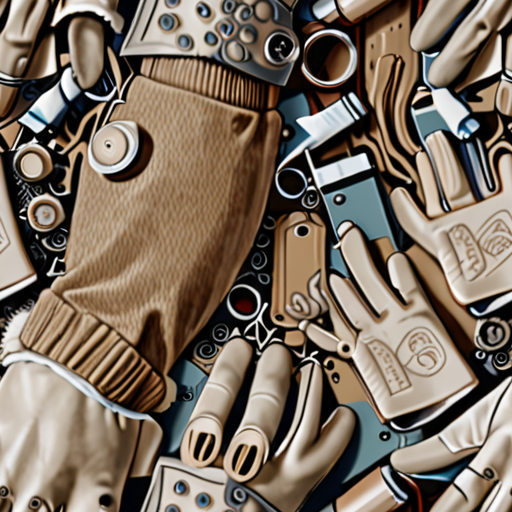
What Are the Three Household Wastes That Can Be Reused?
- Glass Bottles
- Plastic Containers
- Food Scraps
Glass bottles can be reused for storing items or repurposed into plant pots. Plastic containers can often be recycled into new products or used for organizing household items. Food scraps can be composted to create nutrient-rich soil for gardening.
By reusing these common household wastes, we reduce waste and contribute to a more sustainable lifestyle. Recycling and composting not only help the environment but also promote resource conservation.



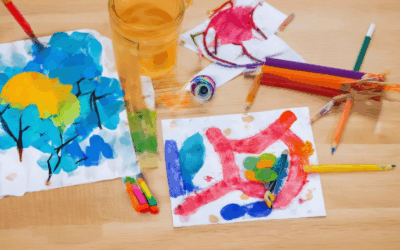
0 Comments